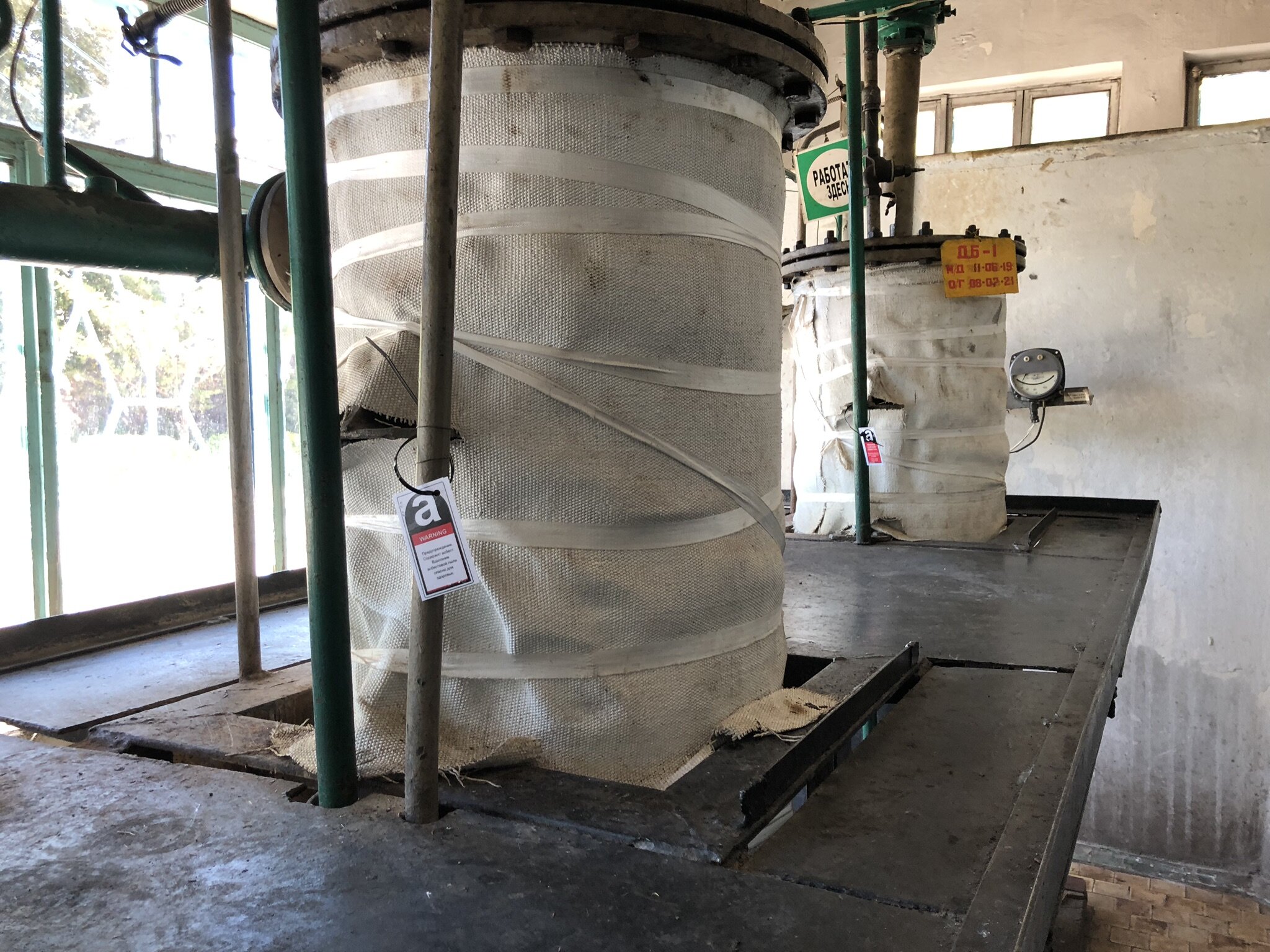Asbestos in Eastern Europe
Eastern Europe or the Eastern Bloc countries as they used to be known, (a term which was created during the Cold War), separate Western Europe and Asia. Several of the countries were former Soviet states (Belarus, Moldova, Ukraine). A number of them would describe their location as being the Caucasus (Armenia, Azerbaijan, Georgia). Others would state that they are Central European (Czech Republic, Croatia, Hungary, Poland, Romania, Serbia, Slovakia, Slovenia) and a further category would describe their location as Southeast Europe (Albania, Bosnia and Herzegovina, Bulgaria, Montenegro, North Macedonia).
Regardless of the moniker they use, one thing they all have in common – is the historical use of Asbestos. All countries listed above have used significant amounts of Asbestos in their construction and infrastructure projects over the past 60 or so years.
At the time of writing, only a handful of the countries listed above have absolute and outright bans on the use of Asbestos within their borders. Unlike Western Europe, where a directive from the European Union (EU) mandated that Asbestos be banned by all member states in 2005, many Eastern European countries still do not have Asbestos prohibition legislation in place.
According to a recent World Health Organization (WHO) report, “Europe currently carries the majority of the global asbestos-related disease burden as a consequence of heavy asbestos use during earlier decades”. The report continues to state that the Asbestos disease burden will most likely decrease in those countries where a ban has been put in place but will remain a substantial issue for the future for those countries that continue to use this deadly material.
The economic and human costs to countries that continue to use Asbestos are significant. Calculations by the WHO, by looking at such metrics as Age Adjusted Mortality Rates (AAMR), Average Potential Years of Life Lost (APYLL) and Disability Adjusted Life Years (DALY) paint a bleak picture of the future.
In order to tackle the situation, the WHO recommend the following steps:
Prohibition of Asbestos
An outright ban should be implemented through legislative means, and safer alternative materials should be used.
Creation of a National Asbestos Profile (NAP)
An NAP should be created within each country to assess the current Asbestos situation within that territory. NAP templates have been developed and should include such information as:
· Current national Asbestos regulations (including workplace exposure limits)
· Asbestos import and consumption data
· Domestic Asbestos production and ACM production
· Exposure records
· Identification of high-risk industries
· Incidence of diseases
· Prevalence of Asbestos within housing stock, equipment and vehicles (estimates)
· Systems to ensure compliance with Asbestos regulations
· Epidemiological studies
Asbestos Management Systems
The systems in place to ensure compliance with Asbestos regulations should follow international best practice, and approved guidelines. Systems implemented elsewhere in the world typically follow in chronological order:
· Asbestos prohibition
· Asbestos surveys (mandated by legislation)
· Asbestos removal (high risk Asbestos materials)
· Asbestos management (of lower risk Asbestos materials until they can be abated)
The first step in the process detailed above will be the most effective in reducing future Asbestos Related Diseases (ARDs). It’s time for an outright Asbestos ban, and the countries of Eastern Europe will benefit from taking this action.
If you have any Asbestos related concerns, contact us to see how Anthesis Consulting Middle East can help you:
Charles Faulkner (Head of Environment, Health and Safety and Asbestos Team Leader)
Phone: +971 (0) 50 5541 320
Email: asbestos@anthesisgroup.com

